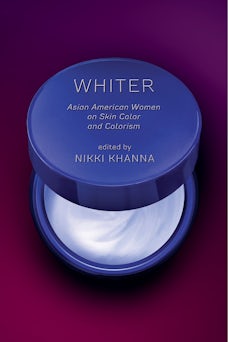How ‘In the Heights’ Casting Focused a Wider Problem of Afro-Latino RepresentationPosted in Articles, Communications/Media Studies, Latino Studies, Media Archive, United States on 2021-06-21 02:06Z by Steven |
How ‘In the Heights’ Casting Focused a Wider Problem of Afro-Latino Representation
Rolling Stone
2021-06-16
Andrea Marks, Research Editor
 MELISSA BARRERA (center) as Vanessa in Warner Bros. Pictures’ “IN THE HEIGHTS” Macall Polay/Warner Bros |
A prevalence of light-skinned actors demonstrates Hollywood’s — and Latin America’s — history of colorism
When the musical In the Heights debuted in 2008, it was considered a triumph of Latin American story-telling. Written by Lin-Manuel Miranda, who is of Puerto Rican and Mexican descent, it brought the barrio to Broadway and centered Latino immigrants building a community in New York “north of 96th street” so their children could chase the American Dream. The plot is centered around Usnavi (originally played by Miranda himself), the son of Dominican immigrants, who runs the family bodega but dreams of something bigger.
The movie version of the Tony Award–winning show hit theaters and HBO Max last week to largely positive reviews and praise for its three-dimensional portrayals of Latin-American characters, not to mention its ambitious full-cast musical numbers. A majority-Latino cast carries the film, starring actors like Anthony Ramos, a star of Miranda’s other Broadway blockbuster, Hamilton, who is of Puerto Rican descent, playing Usnavi; Mexican TV actress Melissa Barrera; and Bronx-born bachata singer Leslie Grace, who is of Dominican descent. At the same time, many viewers have expressed disappointment at a lack of Afro-Latino representation in the cast, especially among lead characters…
Read the entire article here.






